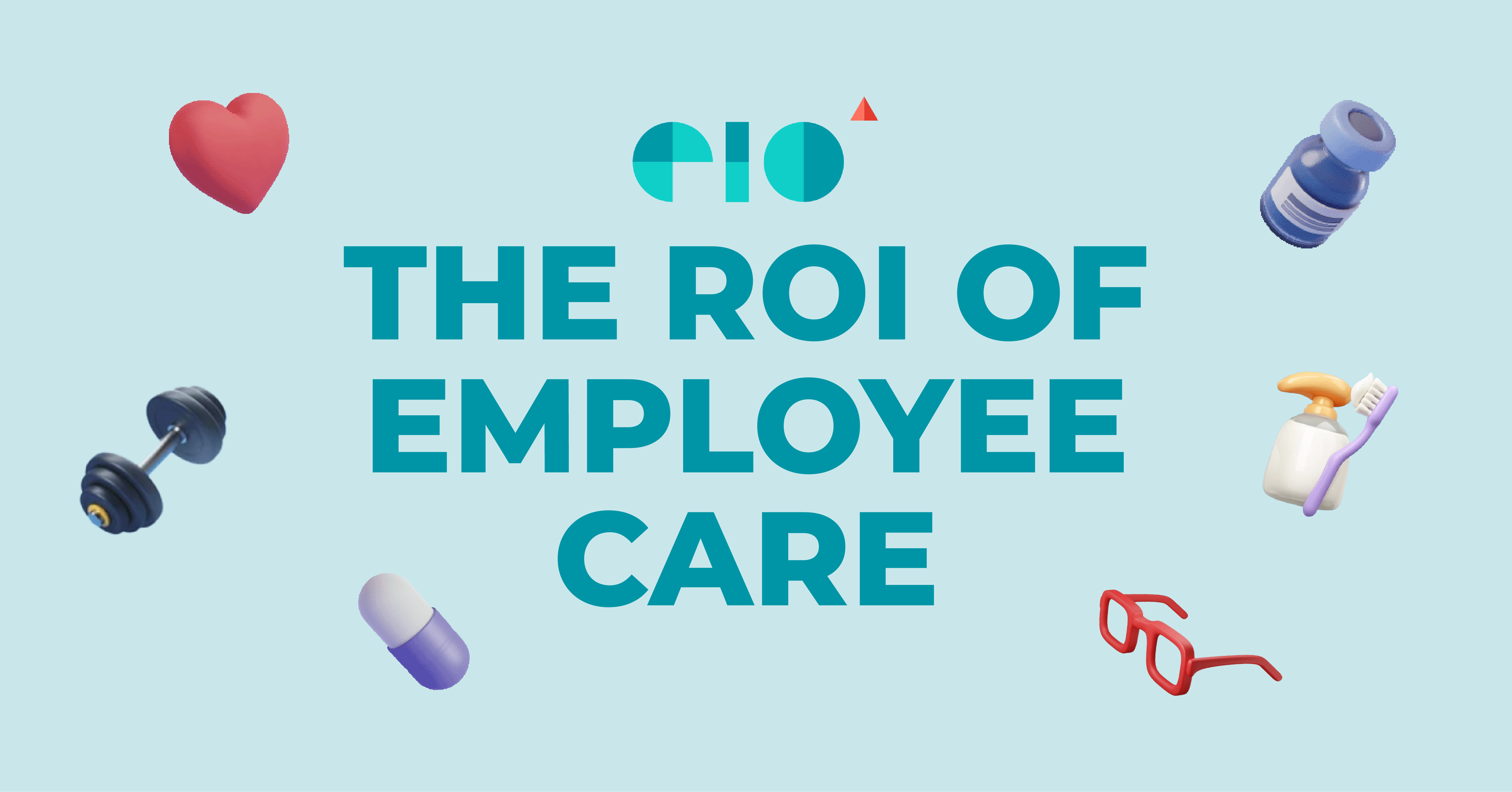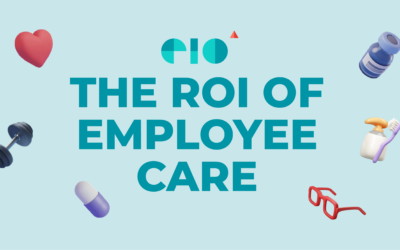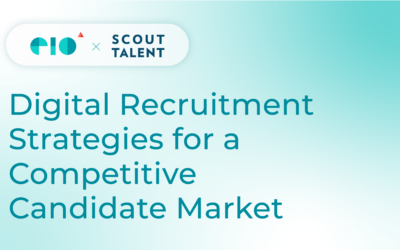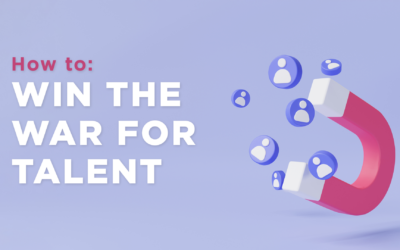Every employer wishes they could give their employees the world—better pay, better benefits, more vacation, diverse career training—but, unfortunately, we all have budgets to deal with. As long as money doesn’t grow on trees, we have to be selective when investing in our people.
It’s a game of trade-offs:
-
- Comprehensive drug & dental, or flex dollars for yoga and vitamins?
- Career coaching, or retirement planning?
- Vacation days, or year-end bonuses?
Choosing where to invest is tough in every business; it’s tougher if you employ a diverse team with varying needs and interests; it’s toughest if budgets are tight. There are so many options, and hundreds of studies claim one benefit is more important than others! Do we need in-office councillors to help manage burnout? Would better chairs and desks improve performance? Do office parties still boost morale?
Even just narrowing down a list is overwhelming! Where do we start!?
Our theory at EIO Solutions is to ask one question:
Where does perceived value exceed the actual cost?
We invest in employees to make them feel valued. The best way to do that—contrary to what some will claim—is not to give them more cash. The perceived value of a one-dollar raise is just that: one dollar. We can do better.
Think of a well-found gift you gave a loved one—one they didn’t even know they wanted, but their eyes lit up when they saw it. Now imagine you gave them a cheque for $100 instead. The cash is fine—they won’t complain—but it isn’t memorable. They probably won’t think of you when they spend it. It won’t endear them to you.
Similarly: everything you give your people is an opportunity to endear them to you—to earn loyalty. You aren’t investing just to check a box or meet minimum expectations. You’re trying to get that “oh wow” reaction. You want employees to feel valued—like you’ve really thought about their wellbeing.
So, where do we start?
Find Free Perks for Employees
Sometimes, there are free lunches.
Simple policy changes—that don’t cost your business anything—can often provide tremendous, tangible value to employees. If it’s an option for you, remote work—or hybrid work—is the most talked about at the moment, and if you’re still on the fence about, here are some numbers to back it up:
Let’s focus solely on that last point for a moment: you can effectively give your employees an $11,000 raise by simply allowing them to work from home part time—without actually spending an extra dime. When you add in the improvements to their overall wellbeing, hybrid work becomes a no-brainer! It costs you nothing, and immediately gives you a big edge over competitors when competing for talent.
Hybrid work is just one example of a free perk. Flexible work schedules, dog-friendly offices, and more open and collaborative office layouts are also worth looking into—depending on the type of workplace you operate. Even if they’re small, every employee-centered change can add a lot to overall quality of life.
Consider Alternatives for Traditional Benefits
Many of the most-expensive employee benefits have lost their lustre—health & dental plans first among them. Every employer needs to offer some form of health benefits, but based on the ever-rising cost of insurance, it’s rare for a benefits plan to offer enough coverage to outshine a competitor—especially for smaller businesses. Insead: most business owners are far more likely to hear complaints about coverage than thanks.
It’s hard to wrap your head around: you pay tens of thousands of dollars every year—with the price increasing up to twenty percent annually—and no one is happy! Employees may actually feel undervalued if coverage doesn’t extend to the things they truly want, whether that’s preventative treatments, mental health services, or elective drugs or procedures. Poor plans might be a reason they leave if they’re co-paying for coverage they can’t even use.
When something costs that much and is appreciated that little, it’s time to start asking if it’s worth the investment at all. If that’s the case for you, look into new health benefit models; consider health spending accounts, or a hybrid of fully-insured and self-insured plans—especially if you run a small- or medium-sized business. In most cases, you can offer employees more coverage with fewer limits while also minimizing rate increases going forward!
Invest in Proactive Solutions Instead of Reactive Ones
Prevent fires, or put them out: it’s a choice we face every day, and employees are always better served when we choose prevention. But before we can see that choice for what it is, we have to recognize the cost of inaction.
Did you know: losing one employee, then hiring and training a replacement costs the average business about four months’ salary? That means, for an employee making $60,000, for example, you stand to lose $20,000 if they leave. Knowing this, (and if we know they’re on their way out) we should be willing to invest $20,000 to encourage them to stay! It’s the same investment either way, but only the proactive one creates extra value for your team.
These examples pop up all over a business:
-
- Invest in safety training, PPE, and supervisors; or pay for time off due to injuries
- Invest in government compliance; or pay fines
- Invest in proper documentation; or pay for contract disputes
In every case: the amount of money you spend on your employees remains the same, but in being proactive you create better working conditions and make employees feel confident and comfortable.
When this attitude is adopted across an entire organization, you can build a workplace fit for Top 100 lists—without actually spending an extra dollar.
Getting Started with Investment Optimization
Theory is great; what about action?
If you’re looking for high-value, low-cost perks or organizational changes, the best places to start are:
-
- Talking to employees about what they value most, what they take issue with, and what doesn’t move the needle
- Identifying the biggest employee cost-centres for your business
Understanding your biggest issues and opportunities will help you find quick wins, but don’t overthink it. You don’t need a silver bullet, you need a starting point. Once you get in the habit of optimizing employee investments (or as we call it, “adopting an EIO mindset”), one thing will feed into another, and you’ll find yourself in a cycle of positive change.
If you want some support in kick-starting that cycle, consult with an EIO Expert. They can walk you through a Health Check to identify those quick wins and provide an action plan to get you started.
Right now, you can book a discovery call and set up a Health Check with experts at EIO Solutions for free.




